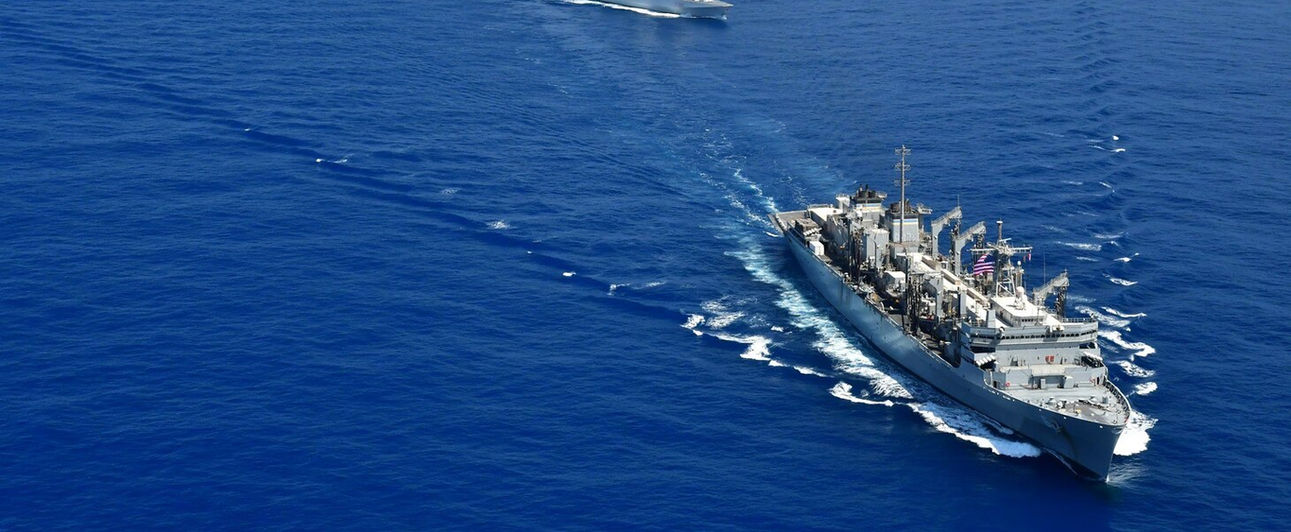THE US Navy has, effectively withdrawn from the Mediterranean Sea. Following the aircraft carrier Gerald Ford, an amphibious task force, including the two helicopter carriers Bataan and Hall, traversed Gibraltar last week, en route back to the United States. This marks the end of the massive mobilisation of the US fleet that was deployed in October 2023 as a deterrent against actors seeking to exploit the Israel-Hamas war.
As of this writing, there are no longer any major US warships in the Mediterranean and neither does the US retain sea-bound units capable of launching combat aircraft. Only rotating US destroyers, coupled by US land-bases in Greece (Crete), Italy (Livorno, Vicenza, Naples and Aviano), Spain (Rota) and Turkey (Incirlik and Kürecik) remains in the region.
On the surface, the redeployment appears to be a signal of optimism—that the White House may no longer fear escalation risks related to the War in the Gaza Strip and is convinced that the situation no longer requires the deployment of a formidable deterrent force embodied by 2000 Marines ready to intervene.
However, the reality may be starkly different: the Pentagon is unable to handle multiple crises for long. Last October, the US Ford aircraft carrier extended its patrol in the Mediterranean to a record eight months — almost twice the expected duration — precisely because there was no way to replace it. And, today, the strategic priority for the United States lies in the Indo-Pacific, where the Navy is engaged in an open-ended game of cat-and-mouse with China. At present, the aircraft carriers Reagan and Roosevelt are stationed there. There is also the Yemen emergency, directly linked to Iran, with the Eisenhower aircraft carrier and another naval squad loaded with Marines to counter the threat from the Houthis. These commitments are compounded by NATO exercises in Scandinavia. The US Navy has nothing left to deploy.
In total, it has 11 carrier groups, each led by an aircraft carrier. The Washington just returned home after a deployment in the Atlantic while the crews of the Ford and Vinson are recuperating after several months at sea. The Truman, Bush, and Stennis are out-of-service—in shipyards for maintenance work. In reserve, there are the old Nimitz, which will only undertake one last mission before retirement, and the Lincoln.
Since the Obama Administration, the Mediterranean has been downgraded from US strategic thinking; from being central to more peripheral in importance. Consider that the area of responsibility of the US’ 6th Fleet in Naples was expanded to cover all of Europe, and it was decided to deprive it of the stable presence of an aircraft carrier. The invasion of Ukraine and the high-tension challenges with Russian frigates and submarines between Cyprus and the Channel of Sicily required reinforcements to be hastily sent to these waters.
But the US stance has not changed and it is up to EU navies — primarily Italian and French — together with Turkey to assume responsibility for the Southern Front of the Atlantic Alliance. This task in the event of Donald Trump’s electoral victory, could become even more pressing since he will likely redefine the US’ role in NATO and, indeed, internationally. Notwithstanding the November 2024 US Presidential Elections, the US Navy’s decision to withdraw from the Mediterranean marks a significant shift in the regional security landscape and carries wide-ranging implications for both Europe and transatlantic relations.
For European countries, particularly those bordering the Mediterranean, the withdrawal of US forces underscores the need for a reassessment of defence strategies and security cooperation. Historically, the presence of US naval forces has contributed to stability in the region, and its absence may require European states — and the EU as a whole — to reinforce their naval capabilities and enhance collaboration with other partners. Countries like Italy and France, whose navies play crucial roles in maintaining European maritime security, will face increased pressure to fill the vacuum left by the departure of US forces.
US redeployments will also have implications for ongoing security crises in the region. With fewer US forces available for potential intervention or crisis response, European countries may find themselves increasingly responsible for managing regional security challenges, such as the conflict in Libya or tensions in the Eastern Mediterranean and the Middle East. This requires proactive leadership, collaboration, and a renewed focus on bolstering European defence capabilities and partnerships. Adaptation to these changes will require proactive leadership, collaboration, and a renewed focus on bolstering European defence capabilities and partnerships.








